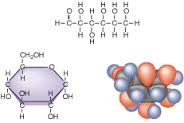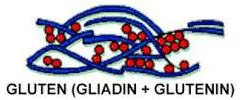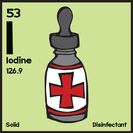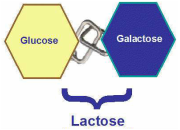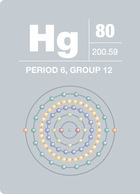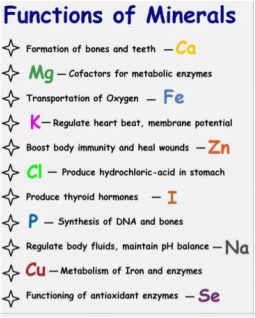
Maximum ingestible capability for over 50% of humans is 25–50 g.
Absorption of free fructose in the small intestine differs markedly from glucose and is primarily mediated by the GLUT5 transporter, with possible participation of GLUT2. Lactic acid bacteria (LAB), particularly the lactobacilli, represent the best characterized group of fructophilic microbes.. Other bacteria capable of metabolizing fructose are Bifidobacterium and Faecalibacterium (Clostridium cluster IV)..

